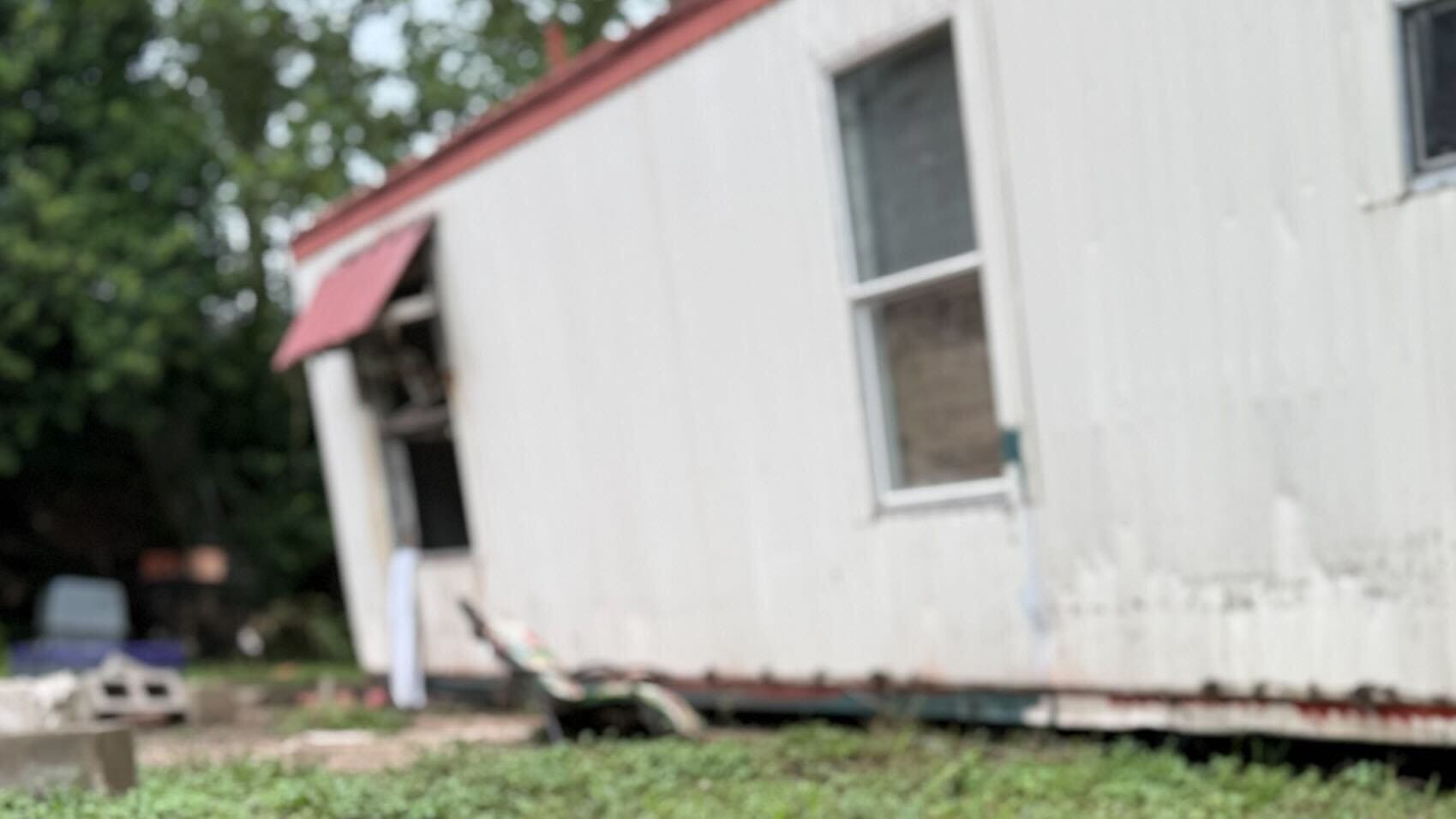news
Over 300 pets overwhelm Austin area shelters after devastating Texas floods. How to help
Austin shelters and wildlife rescues unite to save hundreds of animals displaced by Texas floods. See how the community is stepping up.
Published July 8, 2025 at 5:02pm

Recent storms in the Hill Country and Central Texas have brought immediate chaos and long-term challenges to local animal shelters, but also an overwhelming outpouring of community support. With rapid evacuations and an influx of displaced pets, shelters in and around Austin have been working tirelessly to ensure the safety and well-being of animals affected by the severe weather.
Pet evacuations at Georgetown Animal Shelter following rising water levels
For April Haughey with the Georgetown Animal Shelter, the morning of July 5 was a race against rising waters. "We were working with our emergency management personnel Saturday morning, probably around 9:30-ish or so, and they were able to get an updated flood map for us," Haughey told the American-Statesman Monday. The map showed the shelter in the river's flood area. They knew they had to evacuate.
Within a three-hour window, approximately 115 to 120 animals were safely evacuated. In a race against time, staff swiftly moved pets, ensuring each kennel was accurately tagged with identification. Crucially, the animals' vital information also had to be rapidly transferred to their new temporary homes. Most animals were transferred to the Williamson County Animal Shelter.
The challenges for Georgetown didn't end there. The shelter has lost water. "We're in just one little section of Georgetown that has been without water," Haughey said.
The animals will need to remain at the Williamson County Shelter until services are restored. Haughey expressed immense gratitude for the community's response, noting an increase in volunteers, donations and foster inquiries. She has redirected the offers to Williamson County to help shoulder the burden. The storms have accelerated a planned merger between Georgetown and Williamson County shelters, forcing a rapid transition for what was intended to be a slow, phased process.
Williamson County Animal Shelter takes in other area shelter pets
At the Williamson County Animal Shelter, the scene has been one of "chaos, but in what's likely the best way possible," said April Peiffer, a spokesperson from the shelter on Monday. While the Williamson County facility itself wasn't flooded, over the weekend, it became a crucial hub for displaced animals.
"The outpouring from the community has been nothing short of spectacular," Peiffer said. The shelter has been inundated with donations and foster families have come forward. Staff members are working diligently to process aid and send animals to loving temporary homes.
Williamson County has taken in a significant number of animals, including 74 dogs and cats from Georgetown, and an additional 58 from Lampasas Animal Shelter, which also faced evacuation.
The influx pushed the shelter, which had been over capacity for three years, to its limits. However, Peiffer noted an unexpected silver lining: the urgent need for space due to the storm forced them to think quickly. They rearranged kennels in a way that had seemed impossible for the past three years, creating temporary room. The vacant spaces were immediately filled by new arrivals.
Peiffer emphasized the importance of fostering. A "finder-to-foster" program allows individuals who find lost pets to bring them to the shelter for processing and then take them home to await reunion with their families. She also highlighted Petco Love Lost ( PetcoLoveLost.org) as a vital tool that utilizes image recognition technology to reunite pets with owners.
How Austin Pets Alive! is helping
Dr. Ellen Jefferson, CEO of Austin Pets Alive!, underscored the broader impact of the floods. "What's happening in shelters is an extension of what's happening in the community," she said.
APA! deployed a team to Kerr County, establishing a MASH-style veterinary hospital and assisting local organizations with lost and found inquiries. They've taken in between 200 and 300 animals, mostly dogs and cats, many of whom were already in shelters before the floods, but also some injured pets surrendered by owners in distress.
Dr. Jefferson stressed the critical need for a coordinated plan for pets during disasters, as they are often an afterthought. The long-term challenge, Dr. Jefferson noted, is preventing pets from "disappearing" when well-meaning individuals find them but don't utilize official reunification systems. She urged continued use of resources like Petco Love Lost, Nextdoor, Facebook and government shelter websites.
How you can help animal shelters following a storm
Local animal shelters are still in critical need of support. Here's how the community can continue to make a difference:
- Foster: This is a crucial need as shelters manage increased populations and animals return from short-term foster placements.
- Donate: Financial contributions are vital for ongoing medical care, supplies and operational costs. In-kind donations of supplies are also greatly appreciated.
- Utilize Petco Love Lost: If you find a lost pet or have lost a pet, use PetcoLoveLost.org to help facilitate reunions.
- Microchip your pet: Dr. Jefferson strongly recommends microchipping as "the best tool for getting pets home."
- Contact Shelters for Supplies: If you are helping flood-affected individuals who need pet supplies, Austin Pets Alive! can provide assistance. Reach out to them at TXfloodresponse@Austinpetsalive.org.

